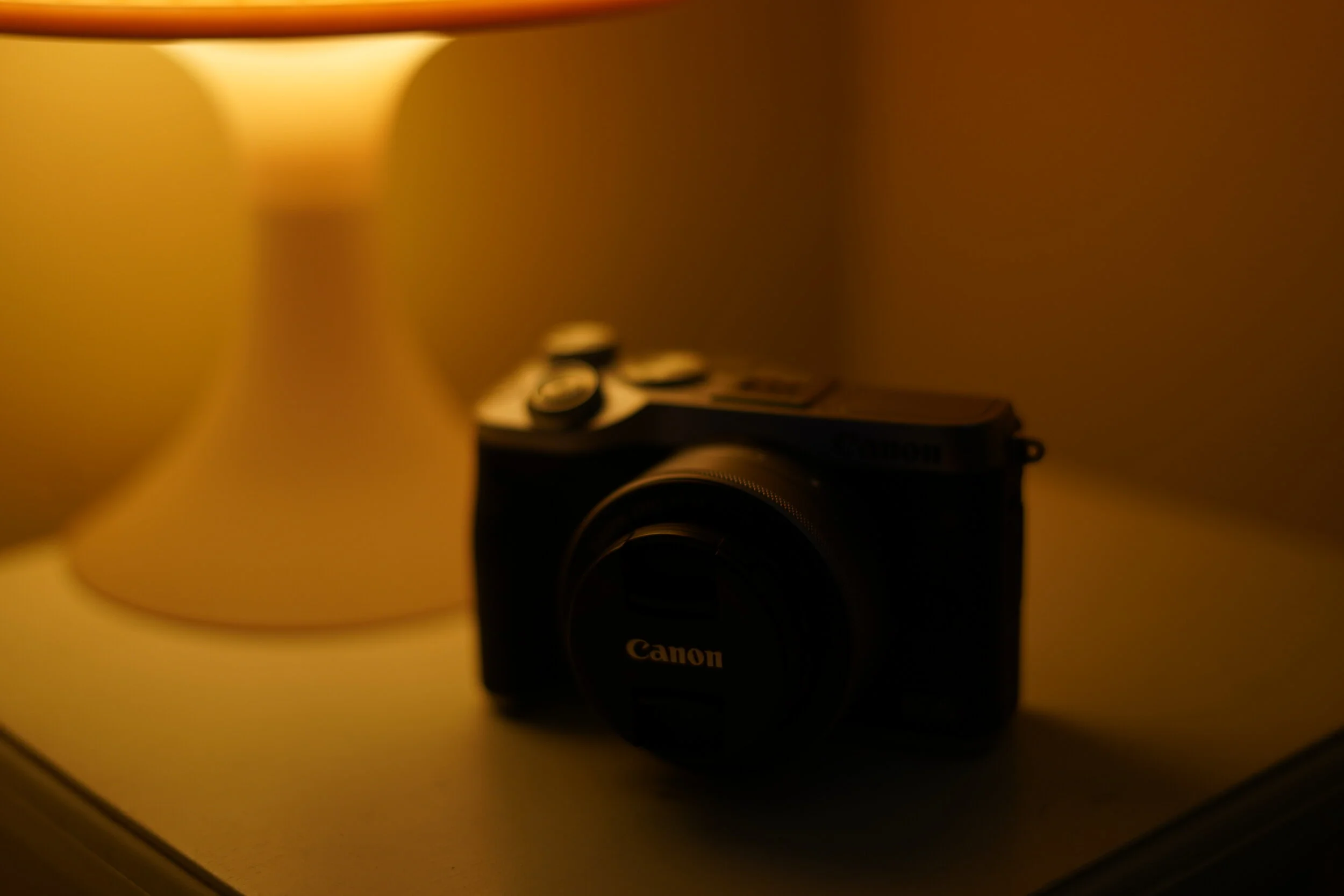
Liminal
A Video Essay on Liminal Space
Daniel Felix
Daniel Felix is a contemporary visual artist, photographer, filmmaker, and installation artist.
He studies Interactive Multimedia with a minor in Photo and Video Art.
He is specifically interested in relationships to spaces, seen in his work with liminal space and natural landscape photography. He also uses his background in videography to create various styles of engaging videos.
Instagram: @dansfelixx
Email: daniel.felix.media@gmail.com
Linkedin: linkedin.com/in/dansfelix/
About
I often find myself more interested in and connected to spaces than people. Context is often far more interesting than the subject.
Liminal space is what’s between “what was” and “what’s next”. It’s the places from our past, the settings of our memories, deeply uncanny yet not completely familiar.
After a recent boom in popularity caused by videos online, the internet gave liminal space a home, allowing millions of people to be introduced to the topic. Being one of those people, I was captivated by it and dedicated this semester to studying it.
In my mini-documentary, I’ll be diving deep into what liminal space truly is. Using my background in contemporary art and photography, I’ll show how there’s more to this topic than meets the eye. I’ll also show my photo series, taken in various parts of the Northeast.
Making Of
My journey began with a video by YouTuber SolarSands, where I was first introduced to liminal space. I became rather obsessed, and read as much material I could find about it. Soon after, I was out with my camera, starting my descent into liminal space photography.
This is the first camera I ever bought, purchased during my first year as a photographer. It’s a Canon M6, strapped with a 22mm 1.8f lens, now known by its nickname the “liminal spaceinator” (that’s a combination of liminal space and terminator, by the way). It’s by no means fancy, but it got the job done for a couple of years. I upgraded soon after to a full-frame Sony a7III, which I use for all of my professional work. So why did I use the M6 for this?
I explore this much more in my video, but essentially, a low quality image is not always bad. Not only can it be a stylistic advantage, but it can add context and deeper metaphorical significance. In liminal space, grainy and compressed images are ubiquitous. That being said, I still wanted to make a professional photo series to be printed, shared, and hopefully installed in a gallery one day.
This camera served as a perfect middle ground between my high-quality production camera and the low-res photos online. It still has a stylistic grain, but is a legitimate camera, and therefore makes high-quality images. It also has a unique way of capturing light in a very eerie way, and was thus coined the “liminal spaceinator”.
I have always been interested by dead malls, and as they fit in perfectly with the themes of liminal space, I knew I had to find my into some. I was planning an unrelated trip to Pittsburgh PA, which coincidently has some of the most famous dead malls in the Northeast. I got my team of fellow IMM senior Amanda Brewer (see her project ‘Ceremony’ on this site) and my sister, Gabby Felix, both of whom are photographers.
After much planning and a lot of crossed fingers, we made our way down the list of the biggest dead malls in the area. We rolled with the punches sent our way, like boarded up entrances and mall cops kicking us out, and finished what we set out to do.



